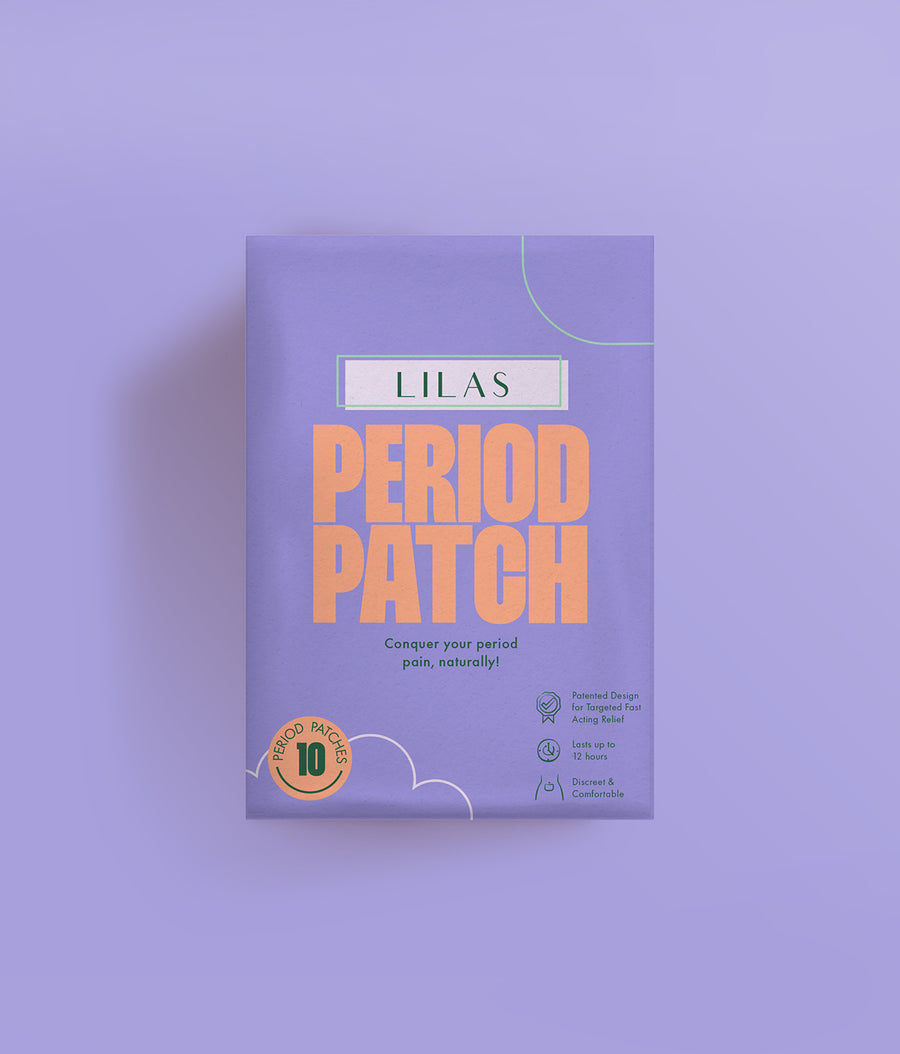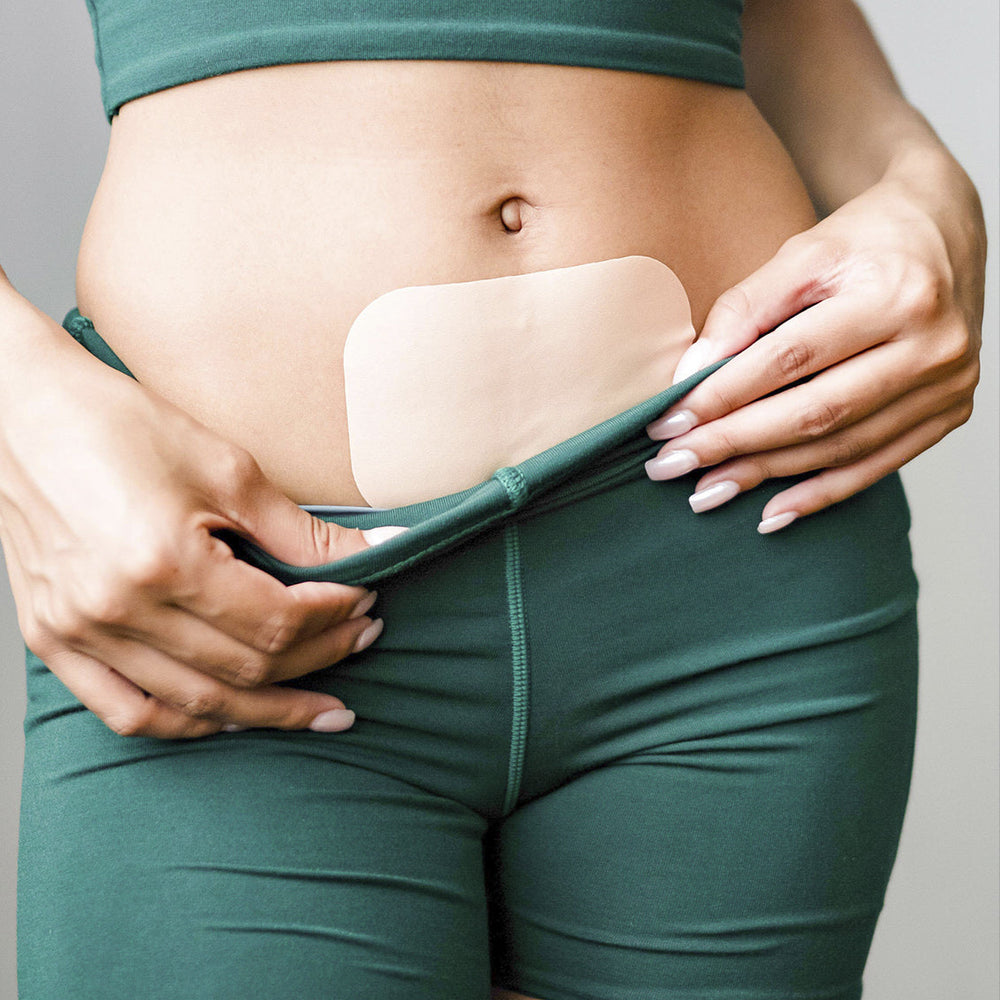Am I washing my hands correctly?
This year, December 6-12 (or December 1-7 according to some sources) is National Hand-washing Awareness Week. Throughout this pandemic, ways to prevent the spread of the coronavirus specifically and contagious illnesses more generally have become top priorities for our collective well-being. We all know how important effective mask-wearing is, but surprisingly, hand-washing is an under-utilized tool in preventing the spread of disease. Knowing how to wash your hands seems so obvious, but you’d be amazed at how often people wash their hands incorrectly. In a 2013 study of a surveyed 3,700 participants leaving a public restroom, only 5% of them followed all of the rules recommended by the CDC. To make matters worse, one in four people did a “splash and dash” by rinsing their hands with water without soap and one in ten people didn’t wash their hands at all. Yikes. If anything good can come from this pandemic, hopefully it’ll include improved hand-washing skills.
So, what exactly makes hand-washing so effective in fighting contagious diseases? It all comes down to the structure of soap molecules. Underneath a microscope, soap molecules look a bit like sperm with a hydrophilic (water-loving, oil-hating) head and a hydrophobic (water-hating, oil-loving) tail. For COVID-19 specifically, the tails of the soap molecules attach to the virus and because the soap molecules’ heads are drawn to the water, they pry the virus open, effectively killing it. Soap makes a major difference in upping your cleaning game. If you just rinse your hands with warm water for 20 seconds, you may be able to remove up to 75% of the dirt and contagions on your hands. With soap, that percentage jumps to 92%. When warding off a formidable foe like COVID, every percentage counts. Hand-washing also has its unique advantages over using hand sanitizer. Alcohol-based hand sanitizers work in a somewhat similar way in killing contagions by prying them open. With that being said, soap and water have the additional benefit of mechanically scrubbing away the dirt and grime that contagions can still cling to after the use of hand sanitizer. For example, if someone accidentally sneezes into their hand and there’s mucus all over it, hand sanitizer simply isn’t going to cut it. In other circumstances though, hand sanitizer is optimal for its on-the-go convenience, especially if it’s at least 60% alcohol. When you can choose one or the other though, soap and water are the safer and more effective option.
On the whole, I think that hand-washing has always been important, but it's especially significant as it is brought to the forefront of our consciousness now in the midst of the pandemic. It’s time to up our game. Instead of the 6 seconds that the average spends on washing their hands, let’s spend the full 20 seconds recommended by the CDC. There's actually a whole list of fun songs from every decade to pass the full time and spice up your hand washing routine. They definitely beat the usual suggestion of singing “Happy Birthday” twice. Even though help is on the way as it pertains to the coronavirus pandemic, we still have to be intentional doing all that we can to keep ourselves, our loved ones, and our entire communities safe.


Leave a comment